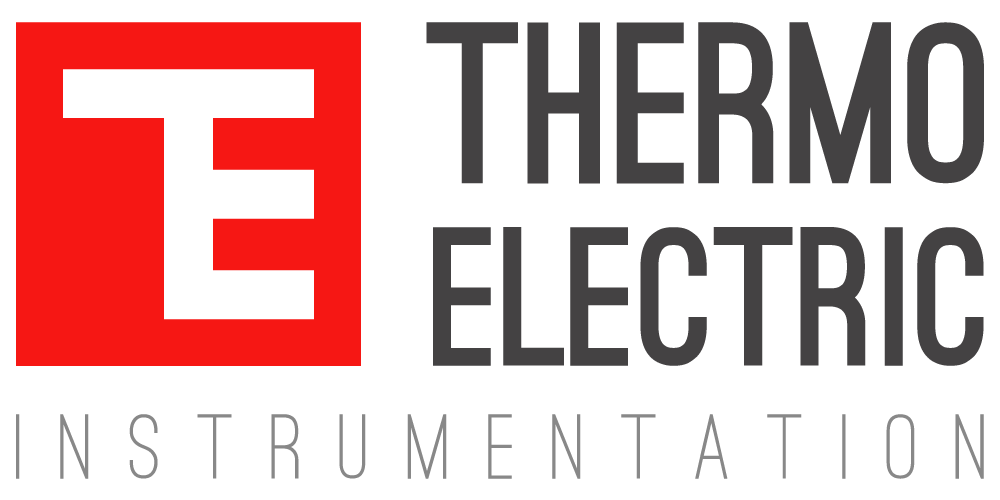
Imagine a world where precision is paramount and the slightest temperature fluctuation can mean the difference between success and failure. This is the reality in the fast-paced and varied areas of industrial processes, from the manufacturing of chemicals/petrochemicals to the controlled environments of semiconductor manufacturing facilities. Here, the goal is not just a pursuit of excellence; it’s an absolute necessity. This is where Resistance Temperature Detectors (RTDs) play a vital role. The following guide invites you on a journey to explore the critical role of RTDs, their fascinating applications, and the stringent industry standards they adhere to.
PT100 Elements and Temperature Ranges
At the heart of RTD functionality lies a simple yet elegant principle: as temperatures change, so does the electrical resistance in the RTD’s metal component. For our RTD’s sensors, we predominantly use platinum Pt100’s, specifically in the form of ceramic bulbs, flat film, or thin film resistors, which are known for their precise and predictable resistance changes. This makes them highly accurate and reliable for industrial applications.
There are various RTD elements (bulbs) available in the market, each with specific temperature ranges. These ranges are in compliance with the IEC60751-2008 standard: Industrial Platinum Resistance Thermometers and Platinum Temperature Sensors. Thermo Electric maintains this standard, reflecting these ranges on our RTD sensor drawings.
However, it’s essential to distinguish between the sensor’s tolerance range and its complete measuring range. For example, a flat film element used at 350°C might still function effectively, but with a deviation that might be greater than the specified class A.
Design and Connectivity Options
We predominantly use Mi-cable in the manufacturing of a complete RTD probe. The Mi-cable conductors are made from various materials, including nickel, copper, or nickel-cladded copper. Each material offers unique advantages and limitations. While copper is widely used, its use is not recommended above 450°C as it can pollute the PT100, causing significant deviation. In such cases, Nicu27 conductors are preferred.
Our RTD Sensor Combinations
Flat Film with CU-M.I.-Cable:
- Resistance Value and Tolerances as per IEC 60751 Class A
- Range: -30 / +300 °C
Ceramic Bulbs with CU M.I.-Cable:
- Resistance Value and Tolerances as per IEC 60751 Class A
- Range: -100 / +450 °C
Ceramic Bulbs with NICU27 M.I.-Cable:
- Resistance Value and Tolerances as per IEC 60751 Class B
- Range: -200 / +550 °C
Wiring Configurations and Accuracy
The accuracy of an RTD can also depend on its wiring configuration. The basic two-wire setup is economical but less accurate due to lead wire resistance. The three-wire configuration improves accuracy by compensating for this resistance, and the four-wire configuration offers the highest accuracy by eliminating the impact of lead wire resistance entirely.
Practical Applications of RTDs
RTDs find applications in a wide array of settings, including:
- Aerospace: Monitoring temperatures in aircraft engines.
- Automotive Industry: Employed for temperature measurement in engine cooling and exhaust systems.
- Oil and Gas Industry: Used to monitor process temperatures in refineries and gas plants.
- Chemical Industry: Critical for maintaining specific temperatures in chemical reactions.
- Energy Sector: Monitoring temperatures in power plant generators and turbines.
- Maritime Applications: Used in shipbuilding for engine monitoring and cargo temperature control.
- Semiconductor Manufacturing: Essential for temperature control during production.
- Research and Laboratories: Providing accurate temperature readings for scientific experiments.
- Metal and Steel Industry: Monitoring furnace temperatures during metal fabrication.
Comparison with Thermocouples
While RTDs are celebrated for their accuracy and stability, thermocouples have their advantages, such as higher temperature ranges and faster response times. The choice between the two depends on the specific requirements of the application.
Overall, the ability of the RTD sensor to provide precise temperature readings makes them indispensable in a whole range of applications. As technology continues to advance, the role of RTDs will undoubtedly remain pivotal, anchoring the precision and efficiency that define contemporary industrial operations.




